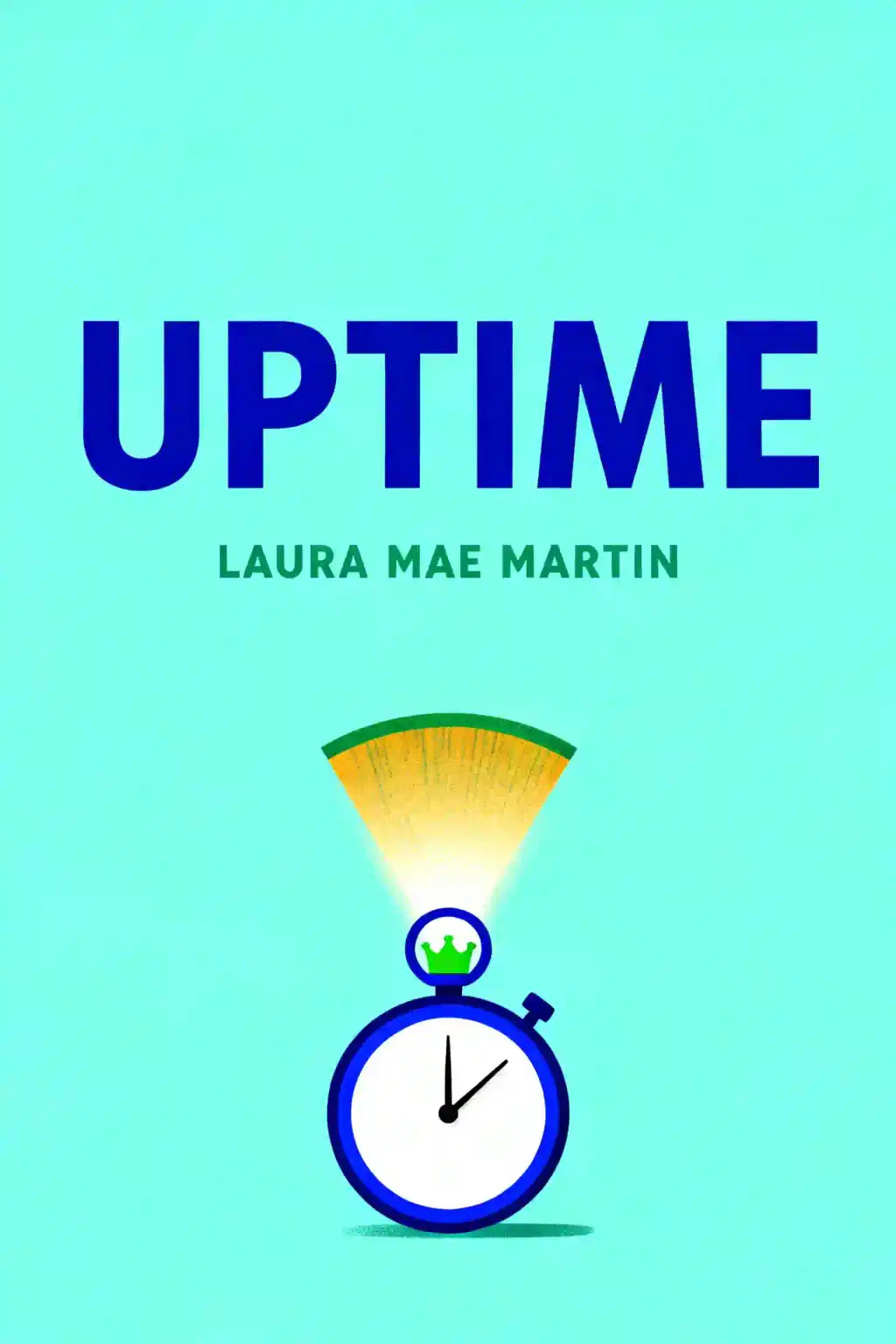What is
Make Time by Jake Knapp and John Zeratsky about?
Make Time offers a four-step framework (Highlight, Laser, Energize, Reflect) to intentionally design your days around priorities, not distractions. Unlike typical productivity guides, it focuses on creating space for meaningful activities—like family time or creative projects—by resisting the "busy bandwagon" of endless tasks and "infinity pools" of digital content. The book includes 87 customizable tactics to reclaim focus and energy.
Who should read
Make Time by Jake Knapp?
This book suits overwhelmed professionals, creatives, and anyone feeling trapped by constant busyness or screen addiction. It’s ideal for those seeking actionable strategies to prioritize personal goals over reactive workflows, especially fans of Atomic Habits or Deep Work. Jake Knapp and John Zeratsky’s tech-industry backgrounds make it particularly relevant for desk workers and digital natives.
Is
Make Time worth reading?
Yes—Make Time stands out for its practical, experiment-driven approach. Instead of rigid routines, it encourages testing tactics like “daily highlights” and “laser mode” to find what works. Reviews praise its relatable examples (e.g., reducing Netflix binges) and science-backed energy hacks. If you want fewer distractions and more purposeful days, this book delivers actionable solutions.
What are the “Busy Bandwagon” and “Infinity Pools” in
Make Time?
- Busy Bandwagon: The cultural pressure to stay overcommitted, like answering emails instantly or accepting unnecessary meetings.
- Infinity Pools: Apps (e.g., social media, streaming) with endless content that hijack attention.
The book argues these defaults steal time from meaningful pursuits, offering tactics like scheduling highlights and disabling notifications to combat them.
How does
Make Time’s Highlight method work?
Choose one daily priority (your “Highlight”)—a task, project, or activity that matters most. Examples include drafting a report or playing with your kids. Protect this time by scheduling it first, then using tactics like a “burner list” to avoid distractions. This method shifts focus from checking boxes to achieving meaningful progress.
What is the Design Sprint connection in
Make Time?
Jake Knapp, co-author of Make Time, invented the 5-day Design Sprint at Google Ventures. The book’s framework mirrors this iterative process: identify goals (Highlight), minimize distractions (Laser), optimize health (Energize), and refine tactics (Reflect). Both methods emphasize focused experimentation over perfectionism.
How does
Make Time compare to
Atomic Habits?
While Atomic Habits focuses on building systems for long-term change, Make Time targets daily time management. Both emphasize small adjustments, but Make Time explicitly addresses digital distractions and energy management. The books complement each other—use Atomic Habits for habit formation and Make Time for daily prioritization.
What are common criticisms of
Make Time?
Some reviewers note the 87 tactics can feel overwhelming, though the authors stress picking only a few. Others argue it oversimplifies workplace demands (e.g., inflexible schedules). However, most praise its realistic approach for tech-driven lifestyles and the flexibility to adapt strategies.
How do Jake Knapp and John Zeratsky’s backgrounds influence
Make Time?
As ex-Google designers behind Gmail and YouTube, they understand how tech hijacks attention. Their insights stem from personal struggles with burnout and their success using these methods: Knapp became a full-time writer, while Zeratsky pursued sailing. This real-world testing grounds the advice in practicality.
What are the best
Make Time tactics for reducing screen time?
- Delete apps: Remove distracting apps from your phone.
- Set a bedtime alarm: End screen use 1 hour before sleep.
- Empty your inbox last: Avoid starting the day with reactive tasks.
These tactics break the “infinity pool” cycle, freeing time for highlights.
How does the Reflect step work in
Make Time?
At day’s end, reflect for 2–3 minutes: Did you achieve your highlight? What distracted you? Adjust tactics tomorrow. This mirrors the scientific method—observe, hypothesize, test—to continuously refine your approach. Examples include journaling or using a habit-tracking app.
Can
Make Time help with work-life balance?
Yes. By choosing a daily highlight (e.g., “family dinner”) and using boundaries like “office hours,” you compartmentalize work. Energy hacks—such as walking meetings or caffeine timing—prevent burnout. Over time, these practices create sustainable rhythms that honor personal and professional priorities.














